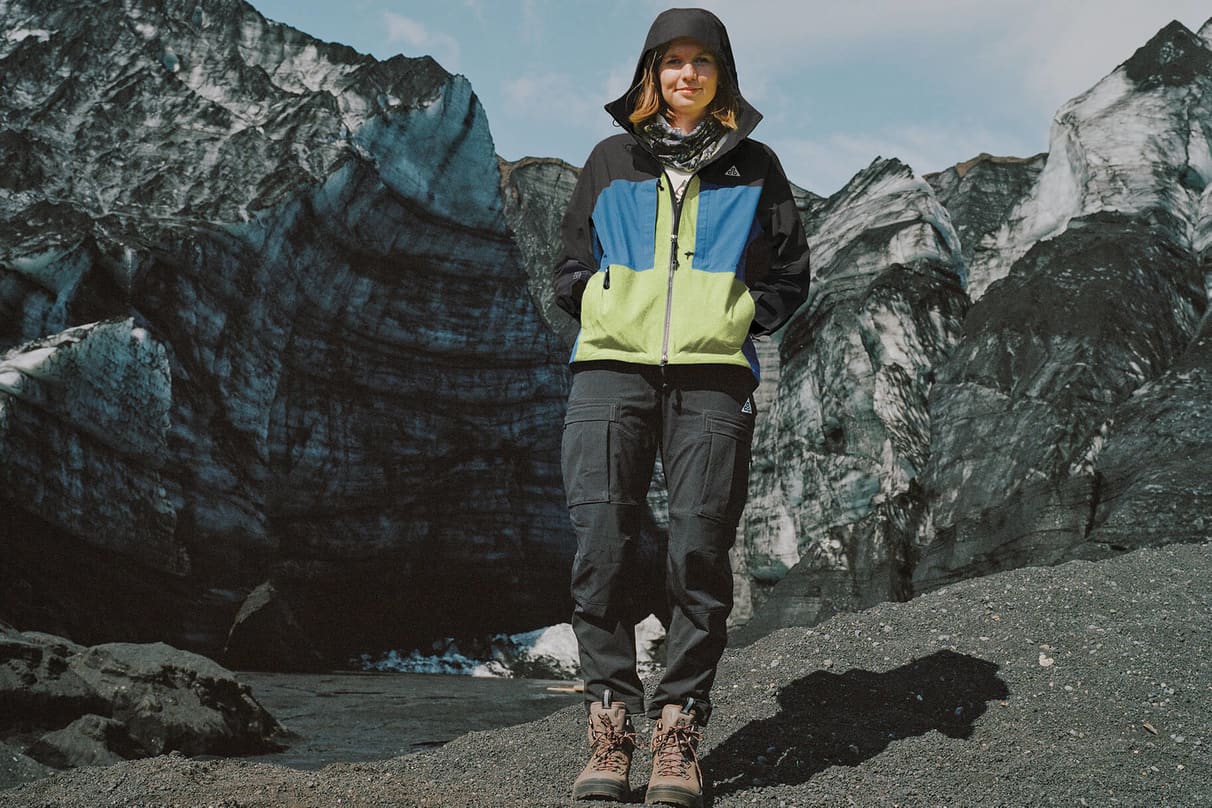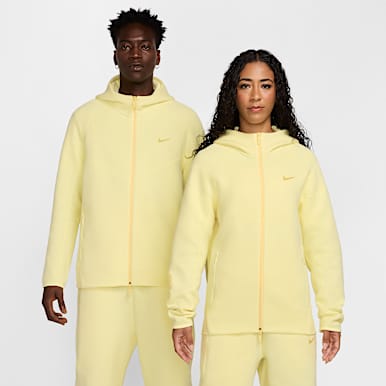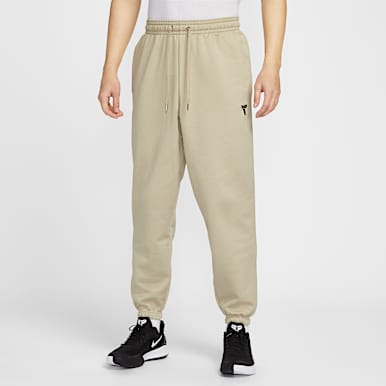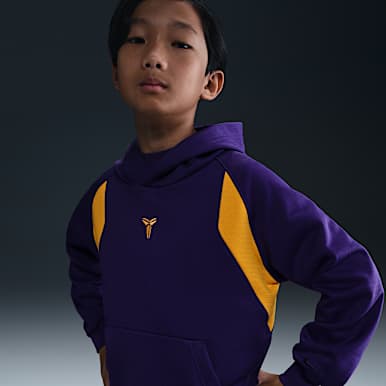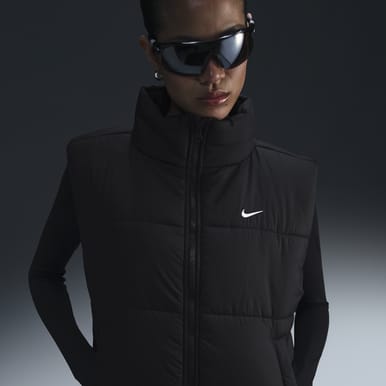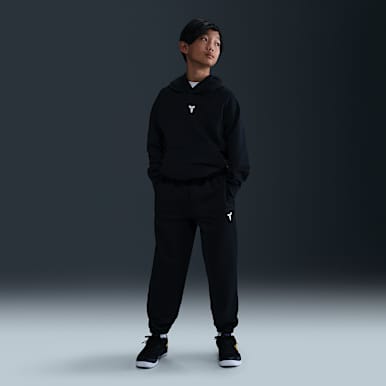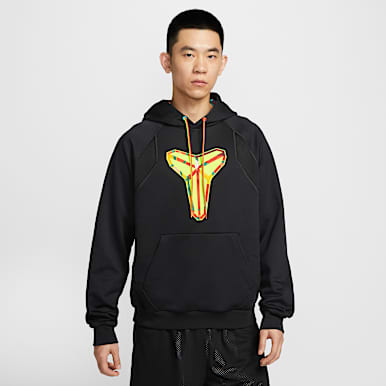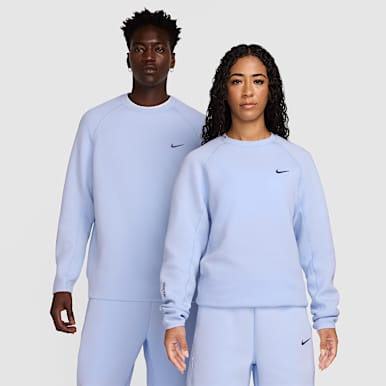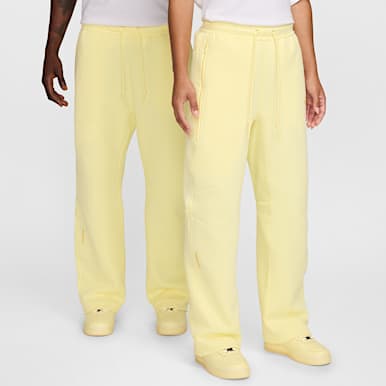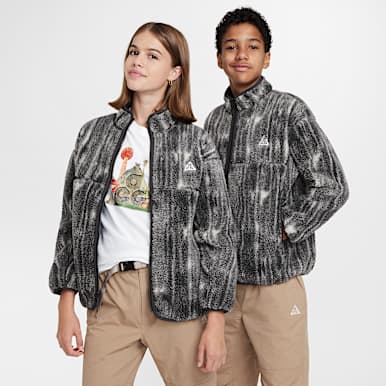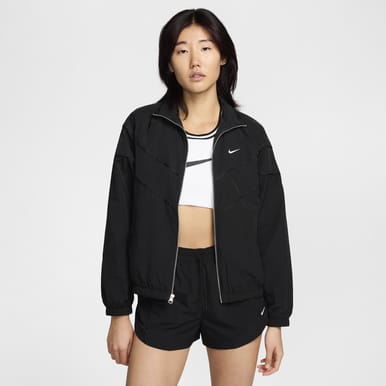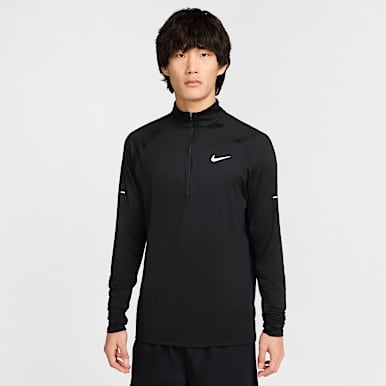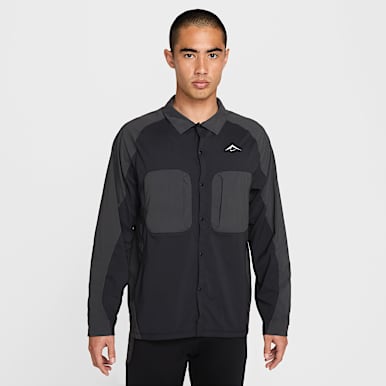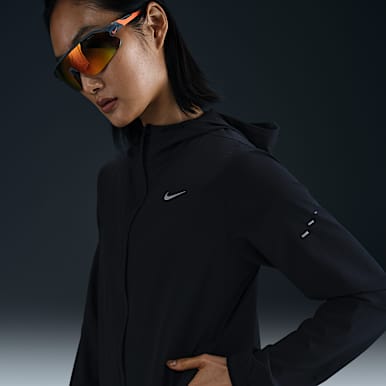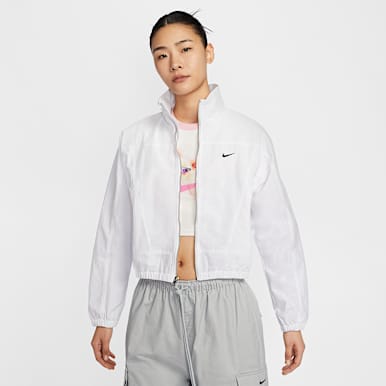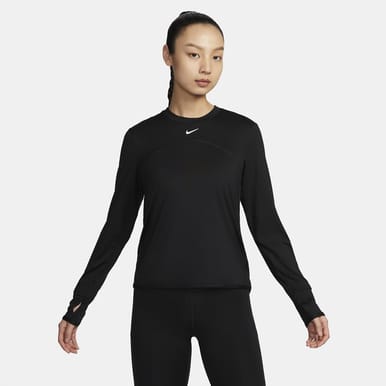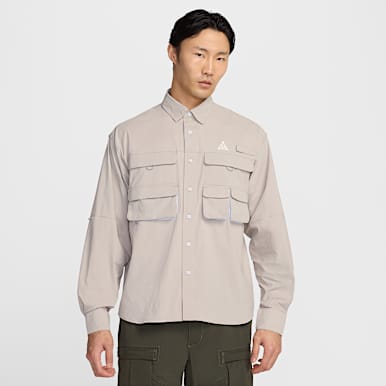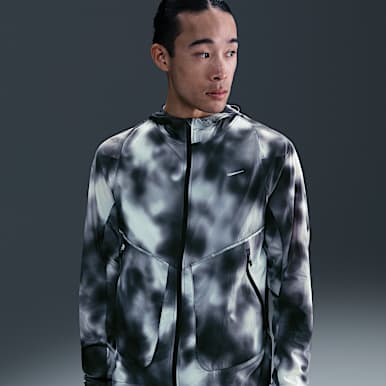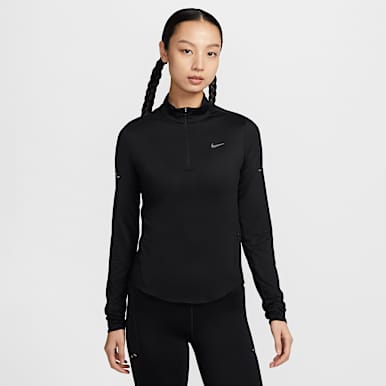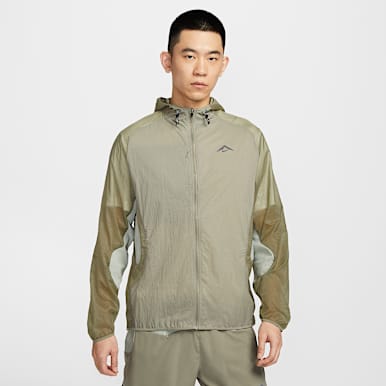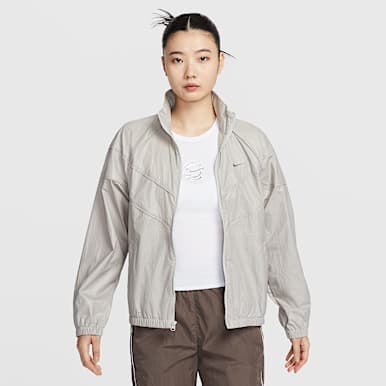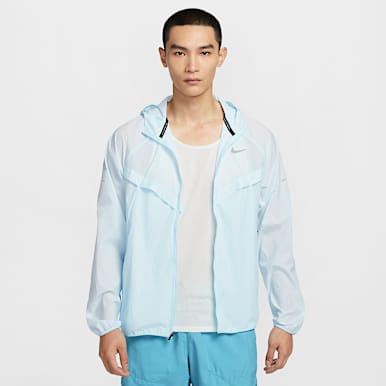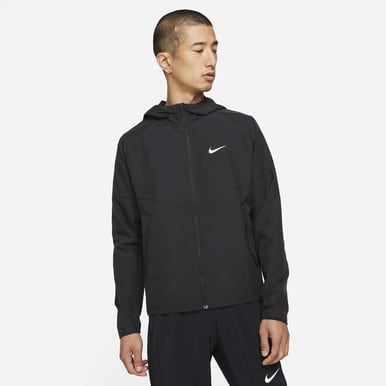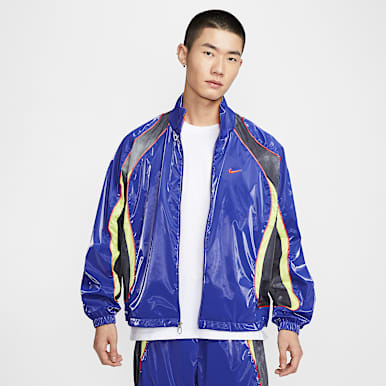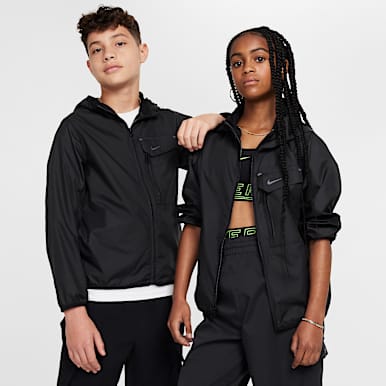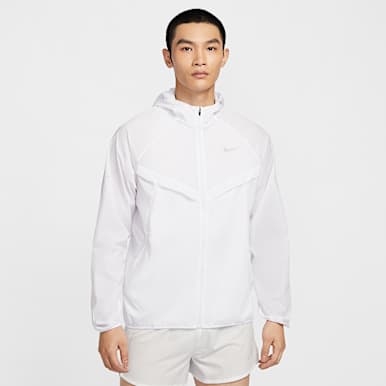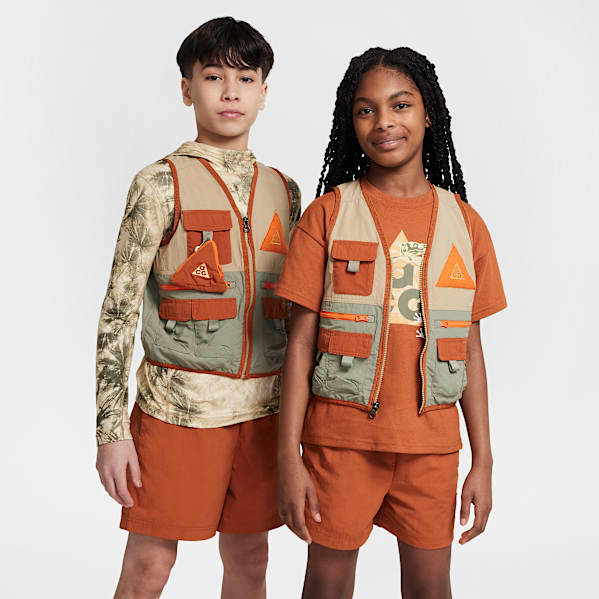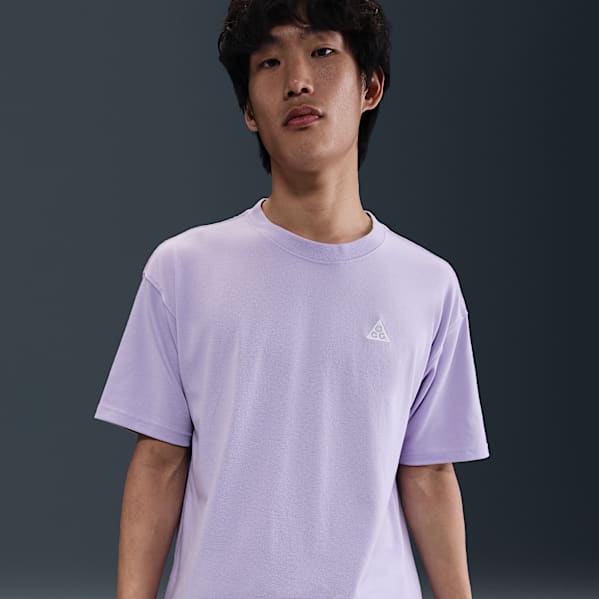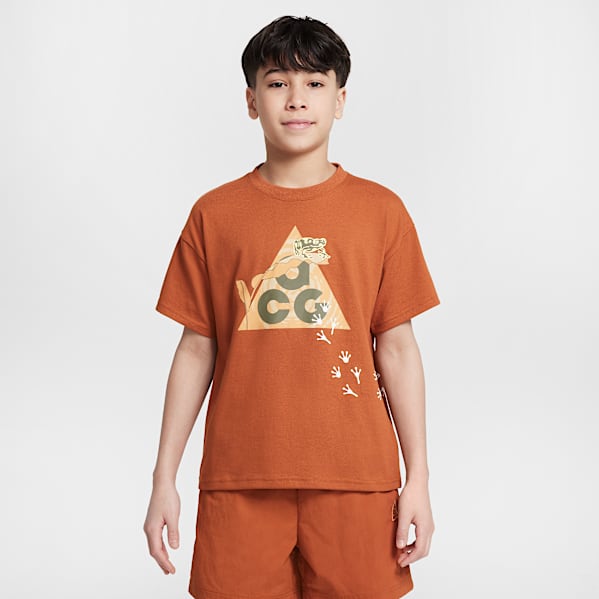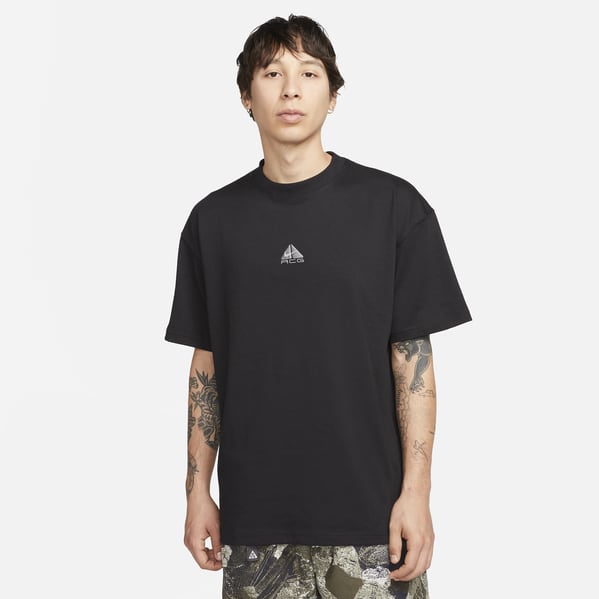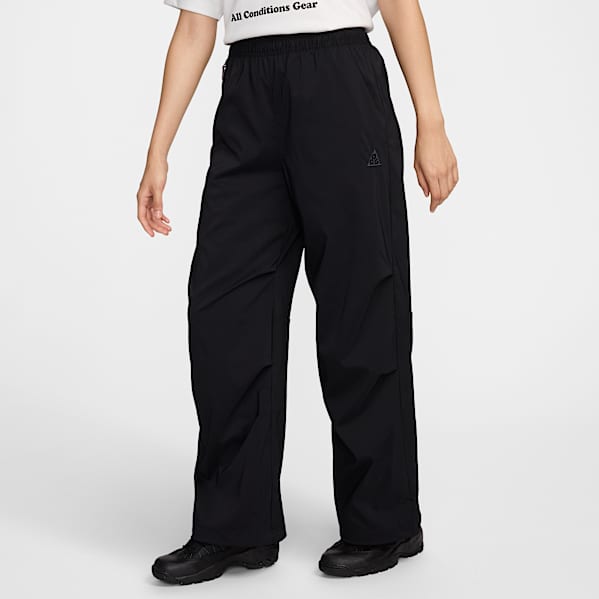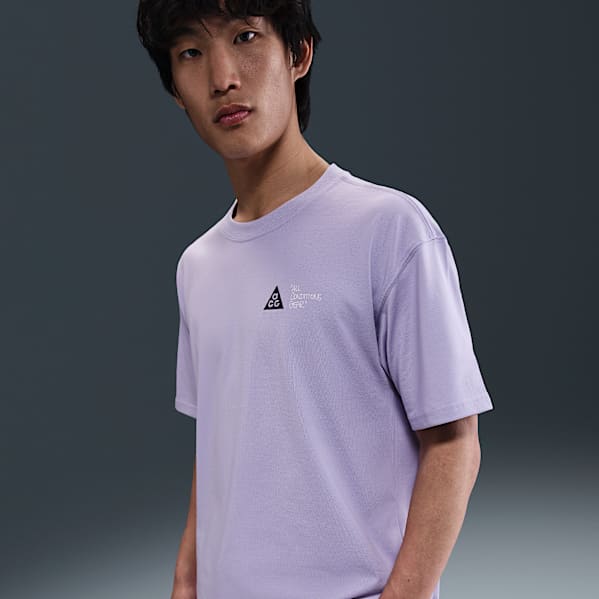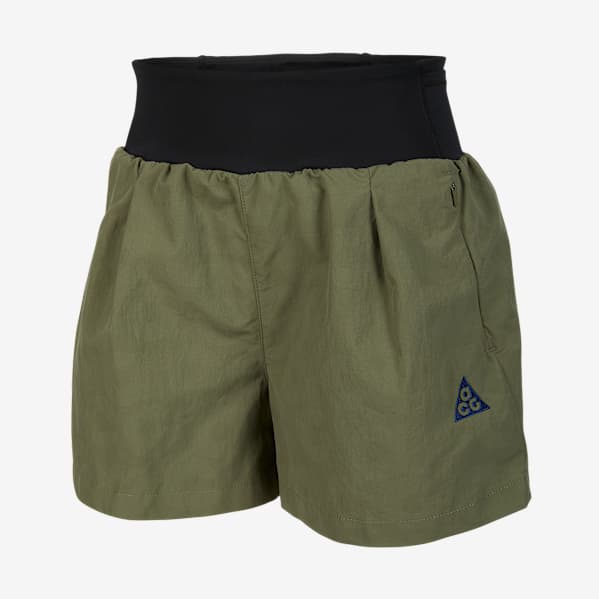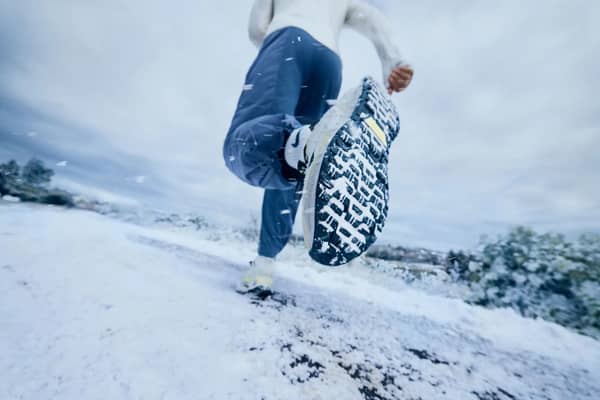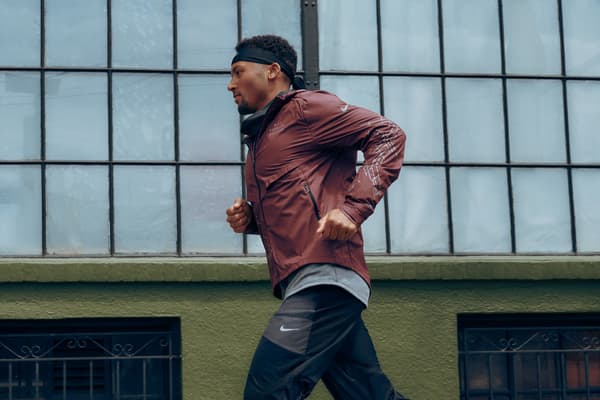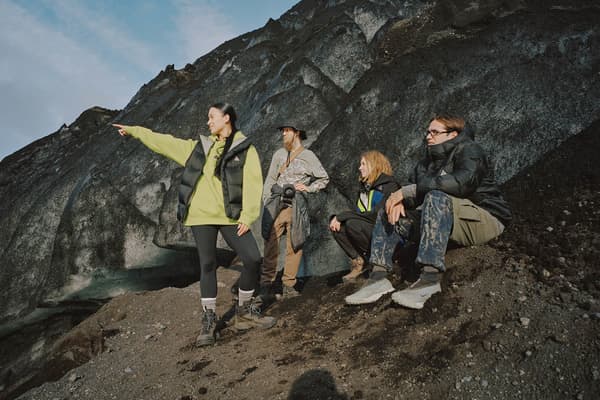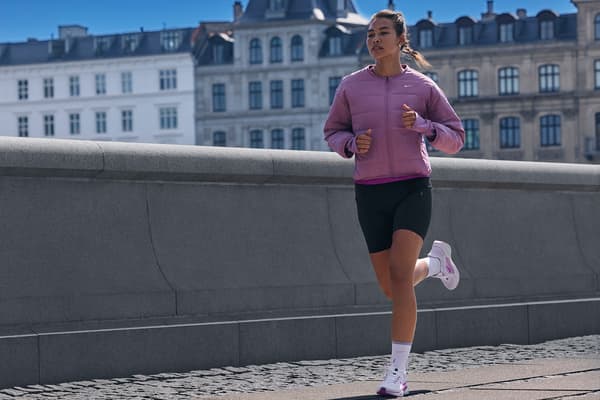How to Layer Clothes for Every Season
Buying Guide
Stay comfortable in any type of weather with these layering tips.

For outdoor adventures in any season, learning how to layer clothes is an important way to help regulate body temperature. Having the right layers both protects against unexpected weather and enables you to adjust as your activity warms up.
“We like to keep our body within a fairly narrow range of temperatures,” said Carol Ewing Garber, Ph.D., Professor of Movement Sciences at Columbia University. “When you’re exercising, you’re using a lot of energy to fuel your muscles, but you’re also generating a lot of heat, which can increase your body — particularly your core — temperature.”
Enter: Layering. Whether it’s freezing cold or blistering hot, knowing what to wear can be the difference between crushing and getting crushed by your workout. (Of course, it’s important to know when to train indoors.)
“The different levels of exertion — from really high-intensity, sustained exercise to something like a casual walk — those exercises create different levels of heat and body temperature,” Garber said. This means you might need to dress and layer differently, depending on the workout on deck.
Once you figure out your go-to approach for layering, you’ll be able to modify it for any season or activity. Use these tips below to get outside and stay comfortable — whatever the temperature.
How to Layer Clothes for Winter
It’s important to keep your body warm and protected against frigid temperatures, Garber explained. “But if you’re sweating a lot, you have the possibility of cooling off too much, because you have all this wet clothing next to your body,” she said.
This underscores the importance of considering what’s going on outside your window before heading out. Be sure to check the outside temperature and other factors, like humidity and precipitation.
First things first, when temperatures are low, a base layer is key to remaining warm — no matter the intensity of your workout. These can include a breathable, snug, long-sleeve shirt and pair of leggings or tights made of materials like Nike Dri-FIT (which wicks away moisture) or Nike Therma-FIT (which retains body heat).
(Related: Find the Best Nike Base Layers for Every Activity)
When thinking about what to put on next, reach for a trusty mid layer, like a fleece hoodie or a synthetic-fill vest. When selecting a mid layer, be sure that it can easily come on and off as weather changes or as your workout heats up.
If you’re dealing with inclement weather like snow, rain or wind, add a shell jacket. This outer layer is essential in both winter and summer to protect against stormy weather. For something completely waterproof, look for items infused with GORE-TEX.
Temperature Range: -12 to -4 degrees Celsius
- Top Layers: base layer, mid layer and shell jacket or insulated outer layer
- Bottom Layers: heat-retaining leggings or pants, shell pants if venturing into rain or snow
- Accessories: gloves, hat or headband, neck warmer, warm socks
If you’re keeping your heart rate low, an insulated jacket can be used as a standalone outer layer, as it retains heat and provides water resistance all in one — meaning the mid layer and shell jacket can be left at home. But for high-intensity workouts, consider lighter layers (but more of them) that can be shed as you heat up.
Temperature Range: -3 to 4 degrees Celsius
- Top Layers: base layer and shell jacket
- Bottom Layers: heat-retaining leggings or pants, shell pants if venturing into rain or snow
- Accessories: light gloves, hat or headband, warm socks
If you’re doing a low-intensity activity, add a mid layer or insulated jacket for extra warmth.
(Related: The Best Winter Hiking Gear by Nike)
How to Layer Clothes for Summer
Even in summer, it’s important to consider how to layer clothes. Loose, lightweight clothing will provide airflow and allow sweat to evaporate from your skin. While you may only need a base layer in summer conditions, consider carrying an extra layer, like a breathable, UPF-rated sun shirt to protect from UV rays.
“It is important, because if you get sunburned, your skin is damaged, and it is much more difficult for you to cool off,” Garber said. “A lot of the sun shirts are really nice base layers for other seasons.”
(Related: How to Choose Clothing to Protect Your Skin From the Sun)
For excursions spanning half-day or longer, bring a shell jacket in case of inclement weather. If you’re in an area where temperatures can quickly shift, like the mountains, it’s advisable to carry a mid layer, too.
Temperature Range: 21 to 29 degrees Celsius
- Top Layers: moisture-wicking tank or tee, UPF-rated long-sleeve sun shirt, shell jacket
- Bottom Layers: shorts, moisture-wicking pants or breathable leggings
- Accessories: sun hat or cap, sunglasses
Temperature Range: 29 to 38+ degrees Celsius
- Top Layers: moisture-wicking tank or tee, UPF-rated sun shirt
- Bottom Layers: shorts or moisture-wicking pants
- Accessories: sun hat or cap, sunglasses
How to Layer Clothes for Autumn
In the autumn, weather can quickly shift. Layering is an efficient way to be prepared for wind and rain or temperature changes. For wet days, look for top and bottom layers that feature materials such as Nike Storm-FIT, which resists elements like wind and water.
Temperature Range: 4 to 13 degrees Celsius
- Top Layers: base layer, shell jacket
- Bottom Layers: moisture-wicking leggings
- Accessories: hat or headband, light gloves
To be extra prepared, bring along a mid layer to seal in warmth when you need it most. Gloves made with Nike Shield fabrics resist wind and rain.
How to Layer Clothes for Spring
When layering in spring, consider precipitation, slush and wind when you layer up.
Temperature Range: 13 to 21 degrees Celsius
- Top Layers: base layer, shell for rain or wind
- Bottom Layers: moisture-wicking leggings
- Accessories: hat or headband in cooler temperatures
Be sure to bring a mid layer in case temperatures drop.
Words by Hannah Singleton
